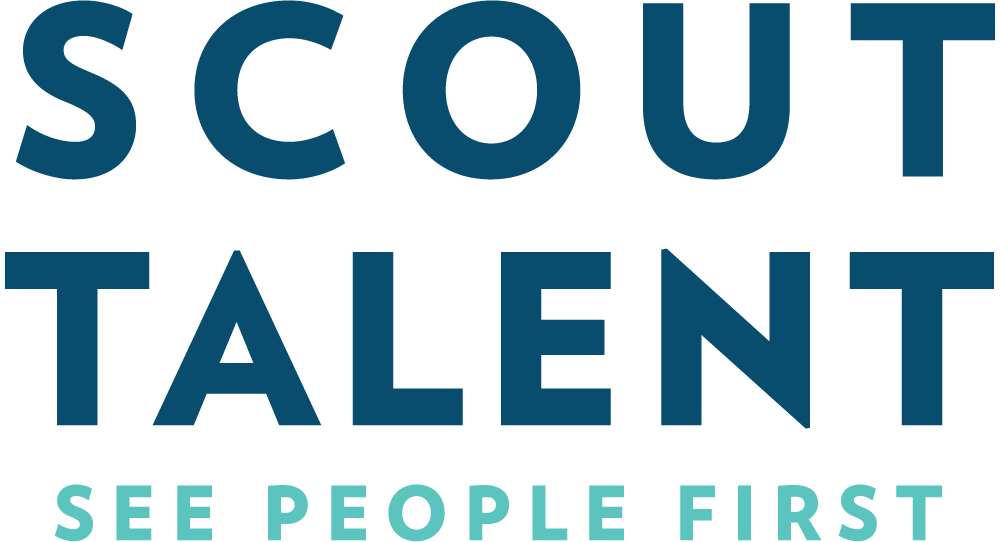In the fast-paced world of small and medium businesses, technology plays a significant role in streamlining processes, improving efficiency, and driving strategic decision-making. Recent statistics show that an optimized recruitment process can shorten the hiring cycle by 60%, yet only 20% of SMBs currently utilize an ATS. For SMBs looking to enhance their HR capabilities, two software solutions typically come into focus: Applicant Tracking Systems (ATS) and Human Resource Information Systems (HRIS). But how do you determine which one is the right fit for your SMB? Let’s explore the key differences between an ATS and an HRIS and uncover how SMBs can navigate the HR tech landscape to find the perfect match for their needs.
Understanding the Basics
ATS (Applicant Tracking System): An ATS is an easy-to-use specialized software designed to streamline the recruitment process. It helps HR and Talent Acquisition teams manage job postings, track applicants, schedule interviews, and ultimately make hiring decisions more efficiently.
HRIS (Human Resource Information System): An HRIS, on the other hand, is a comprehensive software solution that encompasses various HR functions beyond recruitment. It serves as a centralized database for managing employee data throughout the entire employee lifecycle, including payroll, benefits administration, performance management, and more.
Challenges Faced by SMBs without HR Tech
Small and medium businesses operate in a highly competitive environment and under constant pressure where every resource, including time and manpower, counts. Without the support of HR tech solutions, these businesses often find themselves grappling with several challenges, such as:
- Manual Processes: Many SMBs still rely on manual processes for HR tasks such as writing and posting job ads, keeping track of candidates in a spreadsheet, and managing resumes in a mailbox. These manual methods are not only time-consuming but also prone to errors, leading to potentially missing out on top talent amidst a pool of unqualified candidates.
- Limited Resources: SMBs typically have limited staff and resources dedicated to HR functions. As a result, HR professionals may find themselves overwhelmed with administrative tasks, leaving little time for strategic initiatives such as talent acquisition and management.
- Compliance Concerns: Compliance with labour laws, regulations, and industry standards is essential for SMBs, but without dedicated HR tech solutions, ensuring compliance can be challenging. Manual record-keeping and lack of automated compliance checks increase the risk of errors and oversights, potentially exposing the business to legal liabilities.
- Recruitment and Retention: Attracting and retaining top talent is important to SMBs. Yet, without recruitment and retention strategies supported by an HR tech solution, businesses may struggle to compete with larger organizations. Manual recruitment processes and limited visibility into employee engagement can hinder efforts to build a talented and engaged workforce.
- Data Management: Managing employee data manually or using disparate systems can result in inaccuracies and security vulnerabilities. Without a centralized HR database and data management capabilities, SMBs may struggle to maintain data integrity and protect sensitive information.
How to Assess Your SMB Recruitment Needs
The decision between an ATS and an HRIS begins with understanding your SMB’s unique requirements and priorities. This knowledge is important in tailoring your choice of HR tech to precisely match your business requirements. Understanding these factors will lay a solid foundation for navigating the complex landscape of HR tech. Here are some key steps to help you find the right fit:
- Assess Your HR Needs: Conduct an assessment of your SMB’s HR processes, identifying pain points, inefficiencies, and areas for improvement. Determine which functionalities are essential for your HR tech solution to address.
- Evaluate Available Options: Research different ATS and HRIS vendors, comparing features, pricing, scalability, and customer support offerings. Take advantage of free demos and trials to test out the software and see how it aligns with your SMB’s needs.
- Consider Future Growth: Anticipate how your SMB’s HR needs may evolve over time as your business expands. Choose a solution that can scale with your SMB and accommodate future growth without requiring a complete rebuild of your HR tech stack.
- Do Your Research and Seek Recommendations: Search top ATS and HRIS providers for your industry and read feedback from their clients in a respected review platform, such as G2.com. Their insights and recommendations can provide valuable guidance in your decision-making process.
Making the Right Choice
Now that you’ve assessed your current recruitment and hiring processes and found the pain points and areas for improvement, use the table below to understand what HR tech works best for your organization. For SMBs with limited resources and unique HR needs, choosing between an ATS and an HRIS can be a critical decision. Here are some factors to consider and how the HR tech solution can assist:
| Factors | ATS | HRIS |
| Company Size |
|
|
| Recruitment Volume | Suitable for SMBs with moderate to high recruitment needs. | Suitable for Enterprises with high recruitment needs. |
| Features |
|
|
| HR Needs | Focused primarily on recruitment, providing streamlined solutions tailored to SMBs’ hiring needs. | Offers a broader range of functionalities covering all aspects of HR management, but may include features SMBs don’t immediately require. |
| Benefits |
|
|
| Budget | More cost-effective for SMBs with limited HR staff and simpler HR needs, ensuring efficient use of resources. | May require a higher upfront investment but provides scalability and long-term value as SMBs grow. |
| Resources | Easier to implement and maintain, minimizing the need for extensive training and ongoing support. | Requires careful budget planning and resource allocation, potentially involving additional expenses for implementation and training. |
| Integration and Compatibility | Most ATS providers are compatible with existing systems such as payroll software and collaboration platforms, facilitating seamless integration into existing workflows. | Integration with various HR and business systems is essential for seamless data flow and process automation but may require more extensive customization. |
Choosing Your HR Tech
When it comes to adopting new technology, choosing between an ATS and an HRIS is a significant decision for SMBs. By understanding the differences between these two solutions and carefully evaluating your SMB’s unique needs, you can navigate the HR tech landscape with confidence and find the perfect fit to support your HR objectives and drive business success. Whether you opt for an ATS, an HRIS, or a combination of both, investing in the right HR tech solution can empower your SMB to streamline processes, enhance efficiency, and unlock the full potential of your workforce.
Are you ready to take your recruitment process to the next level? Schedule a personalized demo to explore our powerful ATS or download our comprehensive guide, ‘How to Build a Business Case for an ATS,’. In our guide, you will gain insights on how to do a cost-benefit analysis and how to measure success before implementing an ATS in your business. We also provide you with an ROI calculator that will help you present the business case to key stakeholders to get their buy-in to adopt this new piece of technology.
Embark on the journey to optimize your hiring strategy today!








